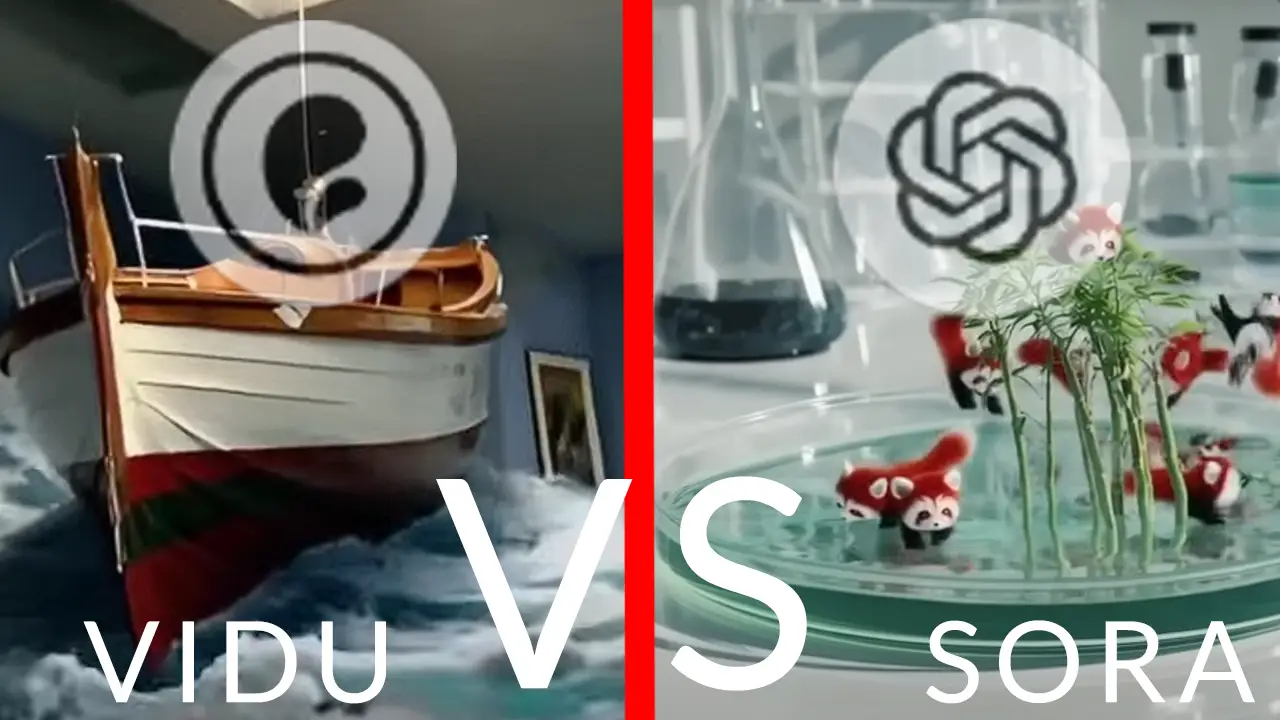China's Sora OpenAI Knock off Text-To-Video (and were to try it)
On April 27, 2024, Tsinghua University and ShengShu Technology unveiled "Vidu," a cutting-edge text-to-video AI model, marking a significant advancement in AI-generated video content, and setting it apart from our product VIDU.

Vidu - the newest Chinese text to video AI
Sora OpenAI's text to video
On April 27, 2024, Tsinghua University, in collaboration with the Chinese AI startup ShengShu Technology, introduced a groundbreaking text-to-video AI model named "Vidu." This model aims to rival OpenAI's Sora, promising advancements in the rapidly evolving field of AI-generated video content. However, it's important to clarify that this new model shares its name with our existing product, VIDU, which has been in use since 2021.
Introducing Vidu: The Chinese Text-to-Video AI Model
Vidu represents a significant leap in AI technology, developed to convert textual descriptions into short, high-definition videos. According to the developers, Vidu can generate up to 16-second videos in 1080p resolution, positioning itself as a direct competitor to OpenAI's Sora. This innovation stems from the combined expertise of Tsinghua University's AI research and ShengShu Technology's practical applications in artificial intelligence.
Accessing Vidu: Step-by-Step Guide
For those interested in exploring Vidu's capabilities, accessing the model involves a few straightforward steps:
- Visit the ShengShu Technology website at www.shengshu-ai.com.
- Use Google Translate if necessary, as the site is primarily in Chinese.
- Click the blue button located in the top right corner of the page to join the waitlist.
- Fill out the form provided to request access to the Vidu AI model.
In addition to Vidu, ShengShu Technology offers another intriguing tool called PixWeaver, which includes a forthcoming text-to-video feature. This indicates their broader commitment to pioneering AI-driven content creation tools.
Differentiating Vidu from VIDU
While the names might be confusing, it's crucial to distinguish between Vidu, the Chinese AI model, and our product, VIDU. Our VIDU tool is specifically designed for sales teams to generate personalized Loom-style videos at scale. It leverages GPT technology to tailor the video content for sales outreach, enhancing engagement and efficiency in communication.
Unlike the AI-driven Vidu, our VIDU does not create videos from text inputs but rather personalizes and scales existing video formats to meet specific outreach needs.
Exploring Sora: OpenAI's Text-to-Video Model
To provide context, Sora is an advanced AI model developed by OpenAI, capable of generating realistic video content directly from textual descriptions. Sora's versatility allows it to create entire videos or extend existing ones, showcasing the potential of AI in multimedia creation.
Conclusion
The introduction of Vidu by Tsinghua University and ShengShu Technology marks a notable milestone in the AI landscape. However, for those seeking text-to-video AI video generation, it's essential to distinguish between Vidu and our VIDU product. VIDU continues to serve as an invaluable tool for sales teams, while Vidu represents the latest innovation in text-to-video AI from China.
For more information and to try text-to-video AI technology, consider exploring both Vidu and Sora to understand the full scope of possibilities in this exciting field.




